After a 13-year-long legal battle, a federal judge in Oklahoma has finally ordered the removal of a giant wind farm from the Osage Reservation.
For years, members of the Osage Nation have been fighting to protect their homeland after a turbine company illegally built an enormous wind farm on the reservation without their permission. The ruling is certainly exciting for the Osage people, as well as every other Native American nation in the country.
The Osage Nation Filed the First Lawsuit in 2011

In 2011, Osage Wind LLC, Enel Kansas LLC and Enel Green Power North America Inc. began buying pieces of private land throughout Osage County to build an absolutely enormous wind farm.
That very same year, the Osage Nation filed a federal lawsuit against the companies. The tribe claimed that the energy companies were both desecrating their ancestors ancient burial cites and that they neglected to get necessary approval from the Osage Nation Mineral Council to start construction.
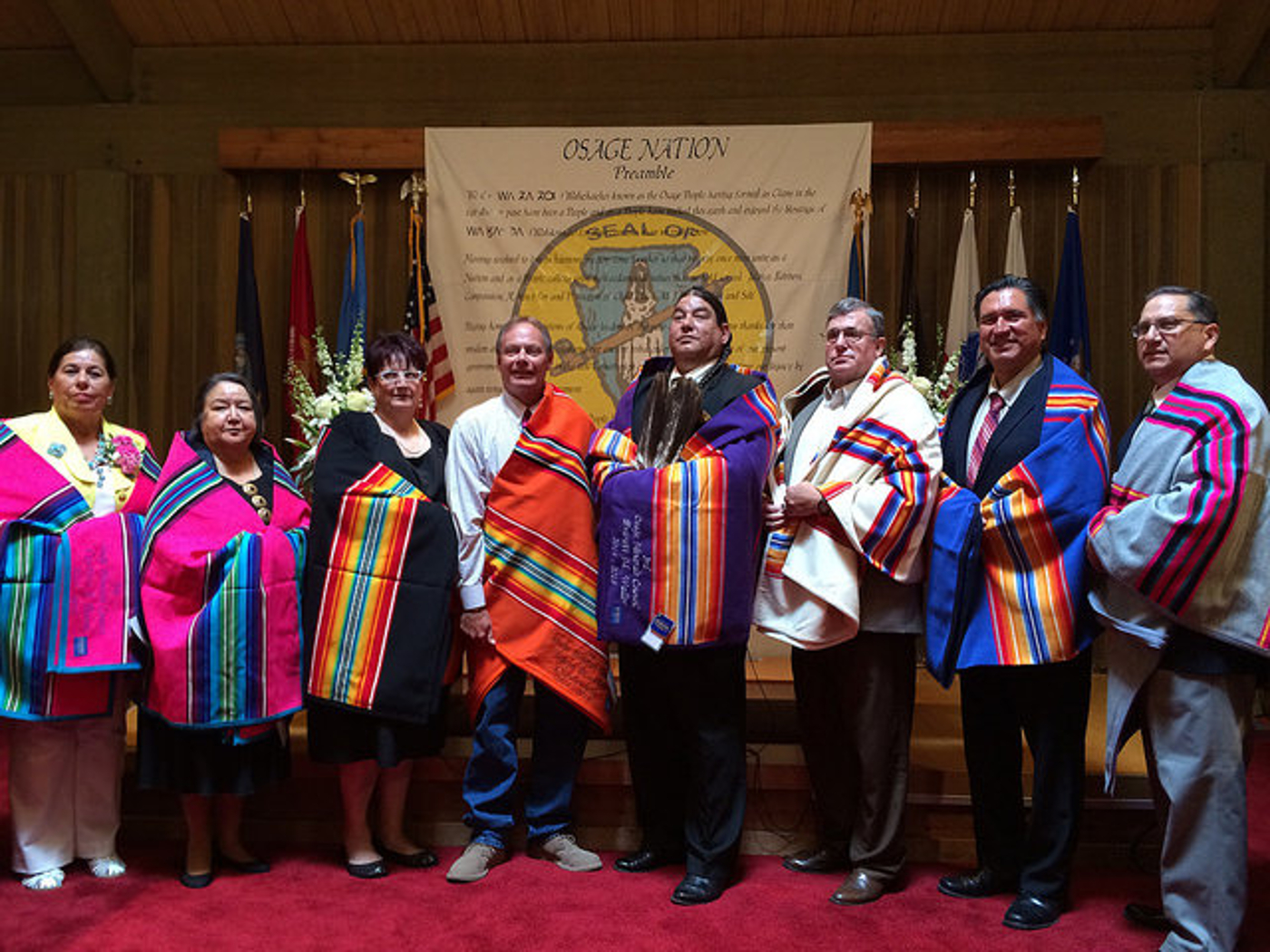
The lawsuit explained that, according to the 1906 Osage Allotment Act, any construction project that dug into the land below needed to be approved by the Osage Mineral Council to ensure the tribe received all proceeds from the oil, gas, and other minerals below their land.
The first judge ruled in favor of the wind turbine companies, but the Osage Nation didn’t give up. They appealed their case at the 10th US Circuit Court of Appeals in Denver in 2017 and fortunately, the court reversed the decision, ruling with the Osage Nation.
The Case Was Appealed Yet Again

However, that wasn’t the end of what would eventually be the longest wind energy legal battle in US history.
This time, the wind farm companies appealed the decision and the case made its way to the US Court of International Trade. Finally, after 13 years, they have a final decision.
Judge Jennifer Choe-Groves Ordered the Wind Farm Removed
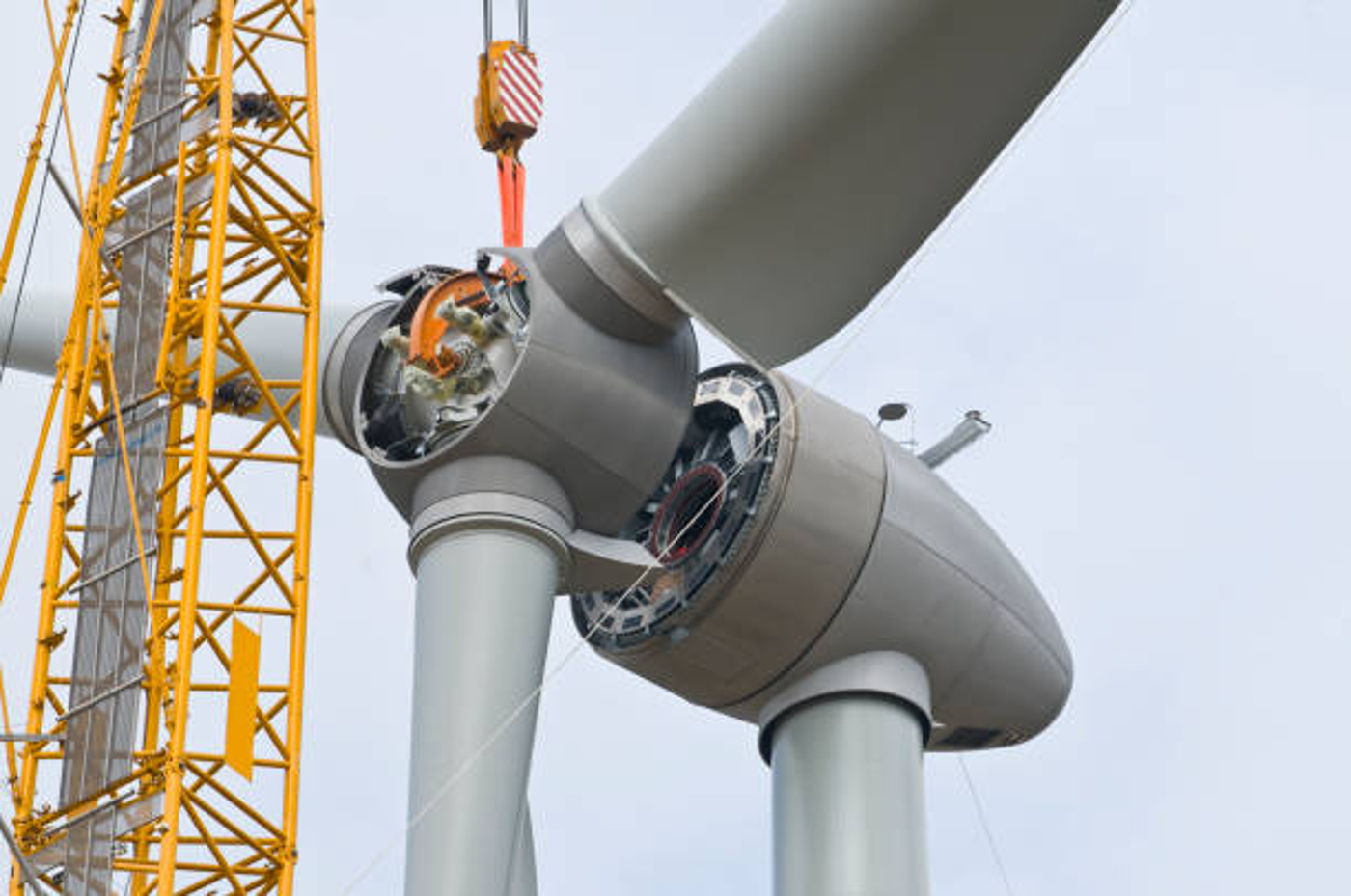
Throughout this lengthy and complicated legal battle, Enel Green Power and Osage Wind continued the construction of the wind farm that covers more than 84,000 acres. But now, they have to take it all down.
US Court of International Trade Judge Jennifer Choe-Groves affirmed the decision of the appeals court and has ordered the immediate removal of the illegally built wind farm.
The Wind Farm Developers Failed to Follow Protocol

Judge Choe-Groves explained, “The developers failed to acquire a mining lease during or after construction, as well as after issuance of the 10th Circuit Court of Appeals’ decision holding that a mining lease was required.”
She continued, “Permitting such behavior would create the prospect for future interference with the Osage Mineral Council’s authority by Defendants or others wishing to develop the mineral lease.”
A Win for All Native American Nations
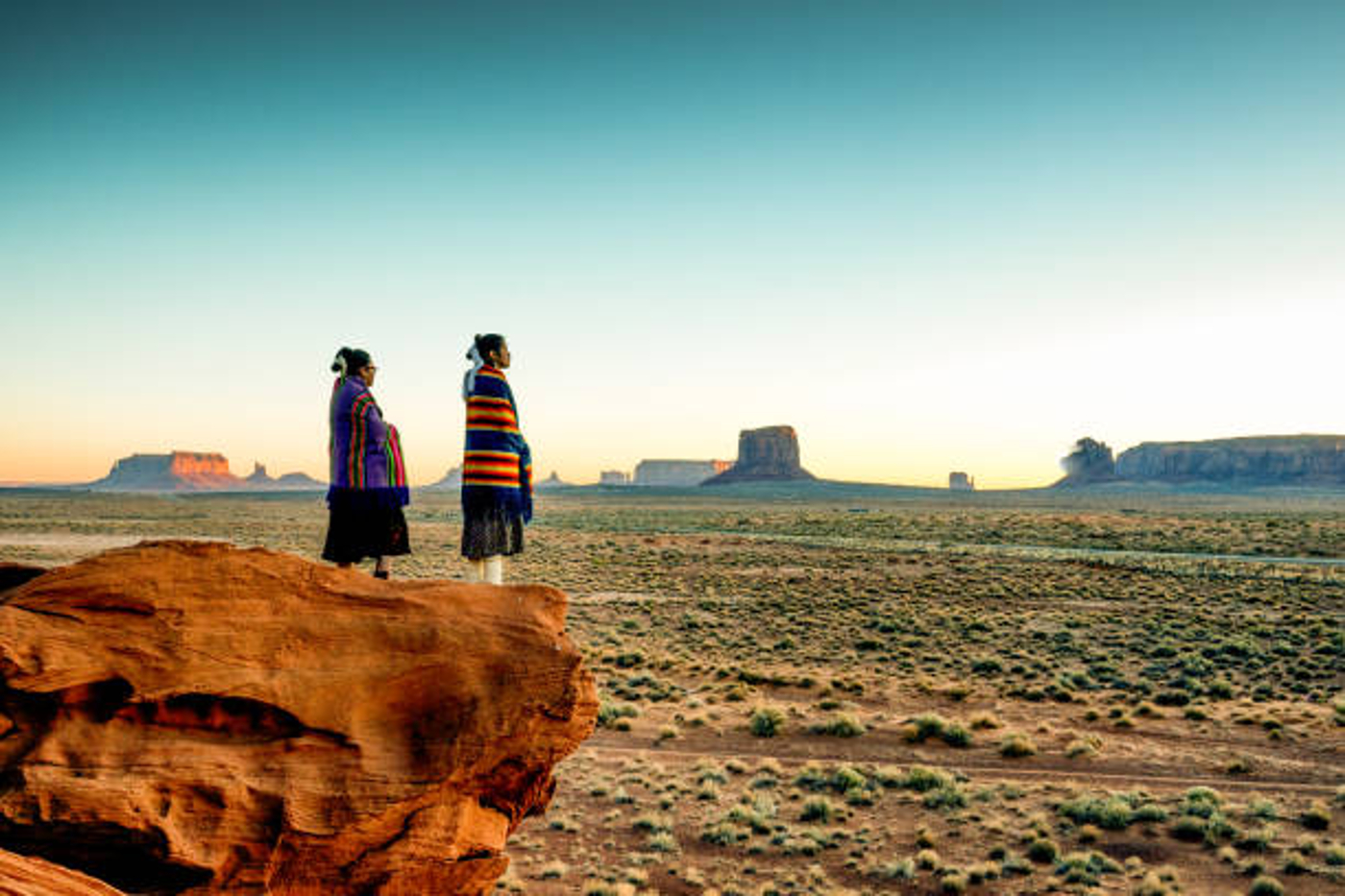
The ruling is certainly life-changing for the people of Osage Nation, but it’s also a huge win for all Native American Nations. This decision ensures that legally, all energy companies must receive approval from the nations before they can construct on their land.
Historically, the federal justice system has rarely ruled in favor of a Native American nation in any case regarding land ownership. And many argue that this case can and will be a turning point for any future lawsuits.
Tribes Have More Leverage Than Ever Before
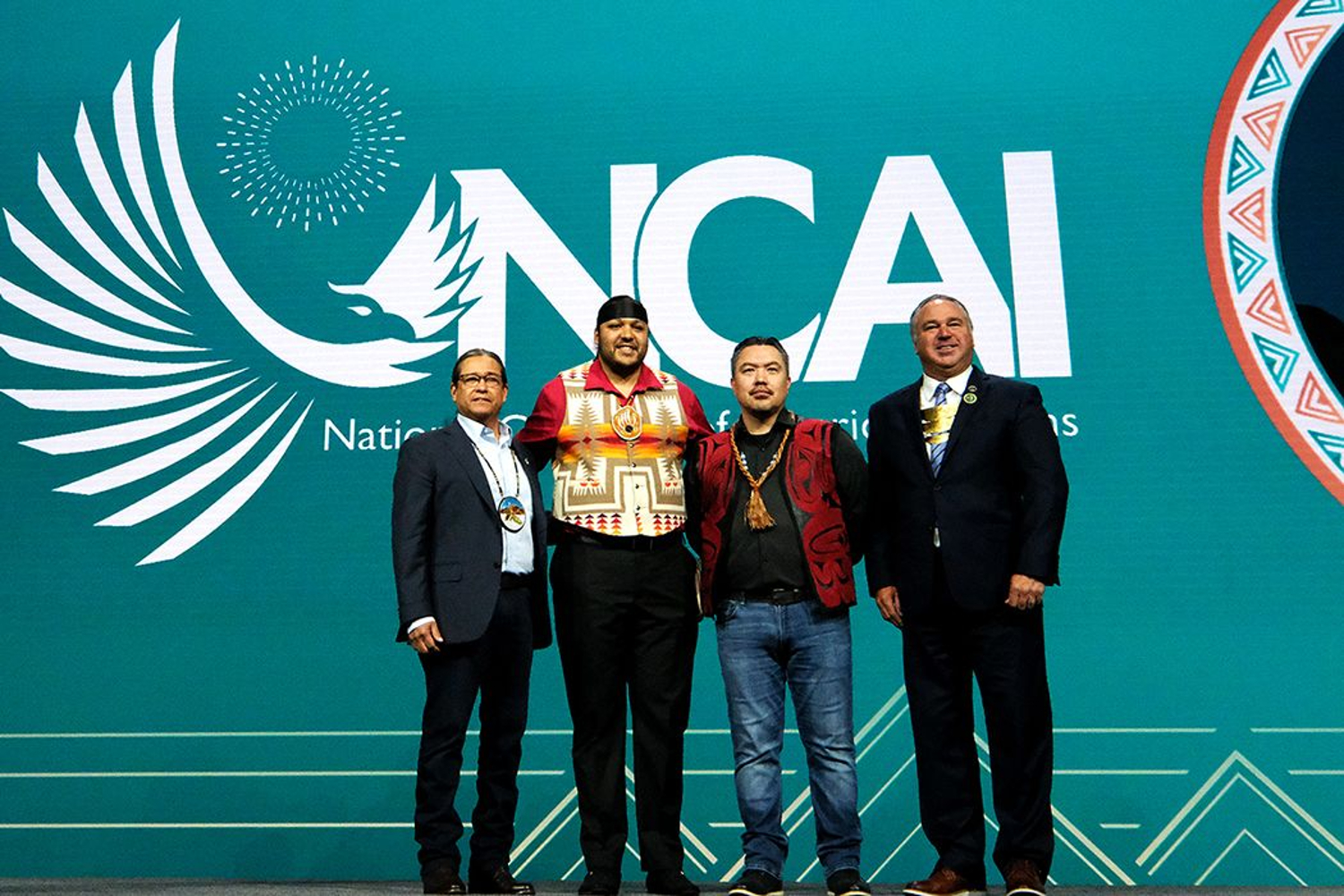
The former deputy director of the Office for Indian Energy Police and Programs, Pilar Thomas, explained, “I think tribes are starting to see that they have more leverage than they thought.”
And Rick Tallman, program manager at Colorado Schools of Mines’ Center for Native American Mining and Energy Sovereignty said, “if you’re going to develop energy in the U.S., you’ve got to do it with the support of tribal communities.“
The Osage Nation Is Not Against Wind Farms
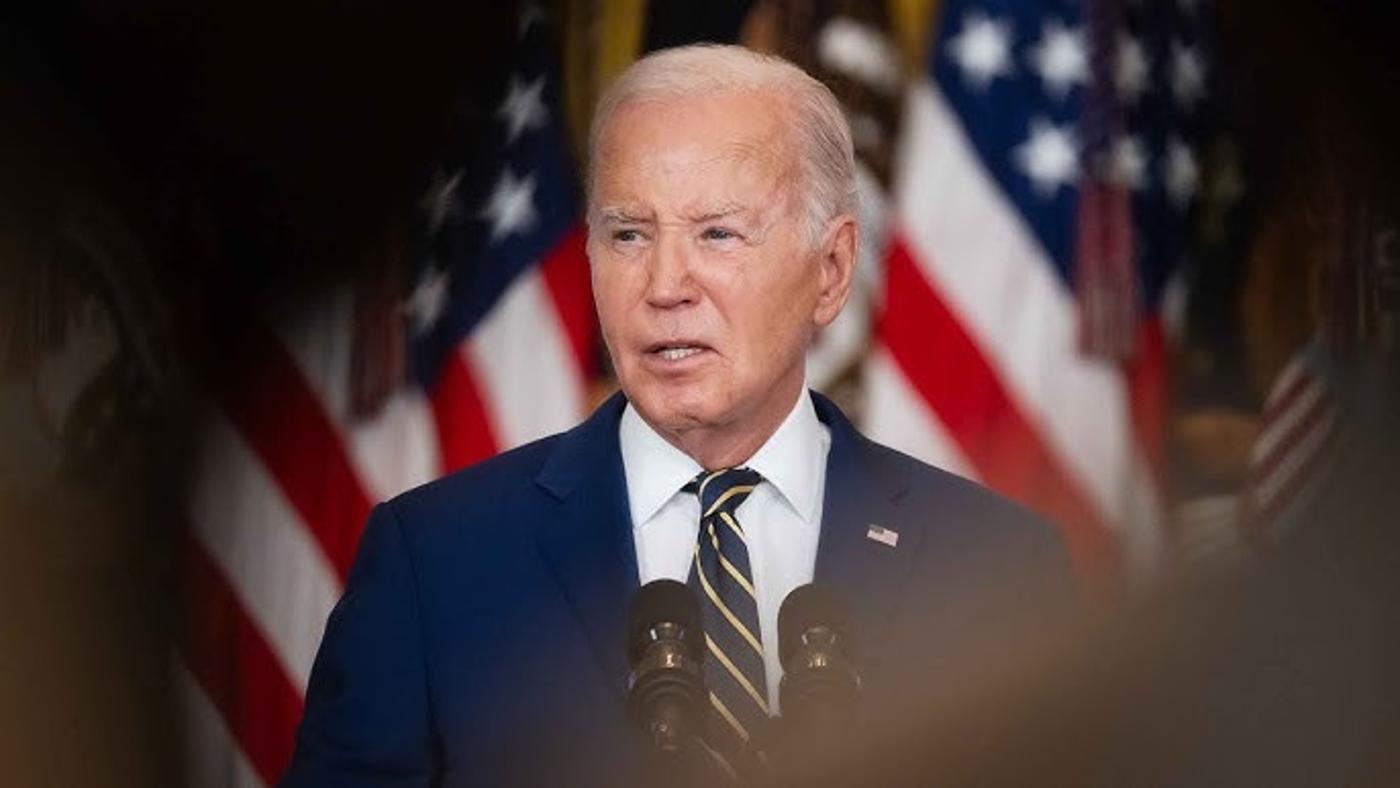
It’s important to note that while Americans are quite divided on President Biden’s plan to install dozens of wind turbine farms around the country to combat climate change, this case has nothing to do with the sustainable energy debate.
Carol Conner, a member of the Osage Nation, explained, “It’s not about wind energy itself. It’s about – we violated the nation’s rights in doing this.”
Wind Turbine Companies Are Paying the Price for Builing Without Permission

Throughout the course of the case, the companies that built the wind farm in Osage County argued that removing the 84 turbines and rebuilding them elsewhere would cost them almost half a billion dollars.
But now, since they lost the case, these companies will not only have to spend hundreds of millions of dollars removing and rebuilding the turbines, but they will also likely have to pay the Osage Nation a significant damages fee.
Legal Precedent for Native American Nations

This story sheds light on the harsh reality that for decades, Native Americans have had to fight desperately just to prove they are the true owners of their land.
But Judge Choe-Graves’ decision finally offers legal president for all nations to ensure they can decide what is built on their reservations. As Everett Waller, the Osage Minerals Council chair explained, “Whatever issue falls on Indian country, now you have a case for which you can fall back on.”
Native American Nations Will Struggle to Defend Their Land

However, it’s crucial to understand that even with a legal precedent set, many of the smaller tribes won’t be able to afford a lengthy legal battle if energy companies attempt to take over their land.
Though thrilled with the court’s decision, Waller said, “I hope no other tribe has to do what we had to do.”








































